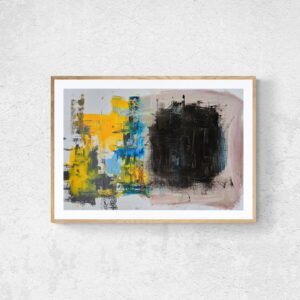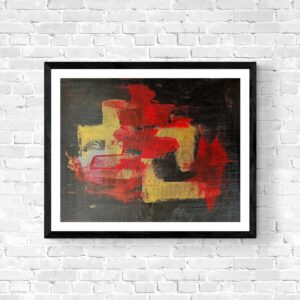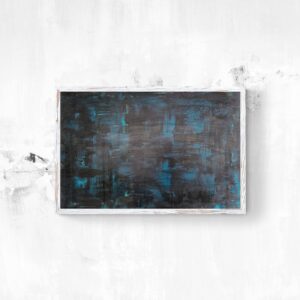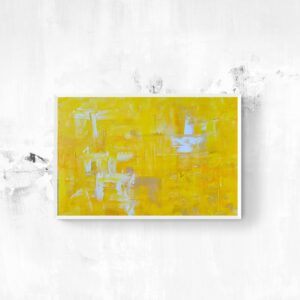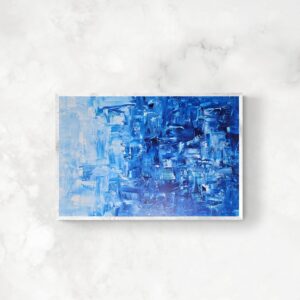

HOUSTON — Sonya Clark might be best known for her use of human hair as medium and symbol, but this mid-career exhibition at two venues redirects discourse around her work toward fiber and collaboration instead. For instance, upstairs at the Houston Museum of African American Culture (HMAAC), “The Hair Craft Project: Hairstylists with Sonya” (2014), a photographic collaboration between Clark and hairstylists that playfully depicts their braiding work on the artist’s hair, reinforces her assertion that hair is the original fiber. Adjacent to the photo series, “The Beaded Prayers Project” (1998–ongoing) invites participants to create sealed fabric pockets with prayers written inside; examples of these have been collected and displayed on square panels arranged across the gallery. Sewn and woven with gleaming beads, the intricacy of each prayer demonstrates the depth of its wish. Together, these works emphasize Clark’s commitment to community engagement and the tactile, intimate nature of fiber.
Downstairs, cyanotypes on fabric created by workshop participants are stitched together and draped across the ceiling to replicate the night sky in “Finding Freedom” (2019–20). Visitors are handed UV flashlights that they can shine across the installation’s expanse to examine the constellations created via negative exposures of seeds that dot each fabric like stars. Such a project prompts viewers to imagine themselves in the position of the African Americans navigating the Underground Railroad, bringing history alive through empathy.

At the nearby Houston Center for Contemporary Craft, the first gallery is all about collaborations in music and poetry. The subtitle of the show, “We Are Each Other,” comes from Gwendolyn Brooks’s poem “Paul Robeson” (1970), which is written out in the gallery in both Latin and “Twist” alphabets, the latter being a font Clark created in collaboration with graphic designer Bo Peng based on the formal qualities of Black hair. A surreal violin bow made from a lock of Clark’s hair lies at the center of the room, while a letterpress print of the lyrics to “Lift Ev’ry Voice and Sing,” a more than century-old Black American hymn, asserts the song’s material presence. Jason Moran’s remastered recording of Regina Carter playing the song with the bow resounds in the gallery on loop, creating a soundscape that envelops the viewer in layered reflections on art’s role in sustaining hope and living history.
Clark’s Monumental Cloth (2019) series is hauntingly visceral in the whiteness of its participatory materials, including textiles, crayons, and threads. The series represents the dismantling of the ideology behind the hateful Confederate rebel flag in favor of the peace and surrender represented by the Confederate flag of truce. Whether through the white crayon on black paper in “Lesson Plan (Confederate Truce Flag)” (2019), or the white threads that visitors weave on the loom in “Reconstruction Exercise” (2019–ongoing), these distinct approaches to realizing the truce flag suggest that surrender can be an intentional act of relinquishing power structures rooted in White supremacy.
The installations across the two institutions engage in a dynamic conversation, reflecting a collaborative curatorial effort. If whiteness is the theme of “Monumental Cloth” at HCCC, intense colors and textures are the theme of “The Beaded Prayer Project” at HMAAC. In contrast to the constellation of the artist’s hair on a white wall in “Constellations” (2022) at the former, “Finding Freedom” at the latter consists of clusters of black light reacting on blue cloth in a darkened room. Across both spaces, Clark’s work toggles between violence and affirmation to weave together a shared experience of reflection and resilience.






Sonya Clark: We Are Each Other continues at the Houston Center for Contemporary Craft (4848 Main Street, Houston, Texas) and the Houston Museum of African American Culture (4807 Caroline Street, Houston, Texas) through April 16. The exhibition was co-organized by Cranbrook Art Museum, High Museum of Art, Museum of Arts and Design and curated by John Guess Jr. and Sarah Darro.

